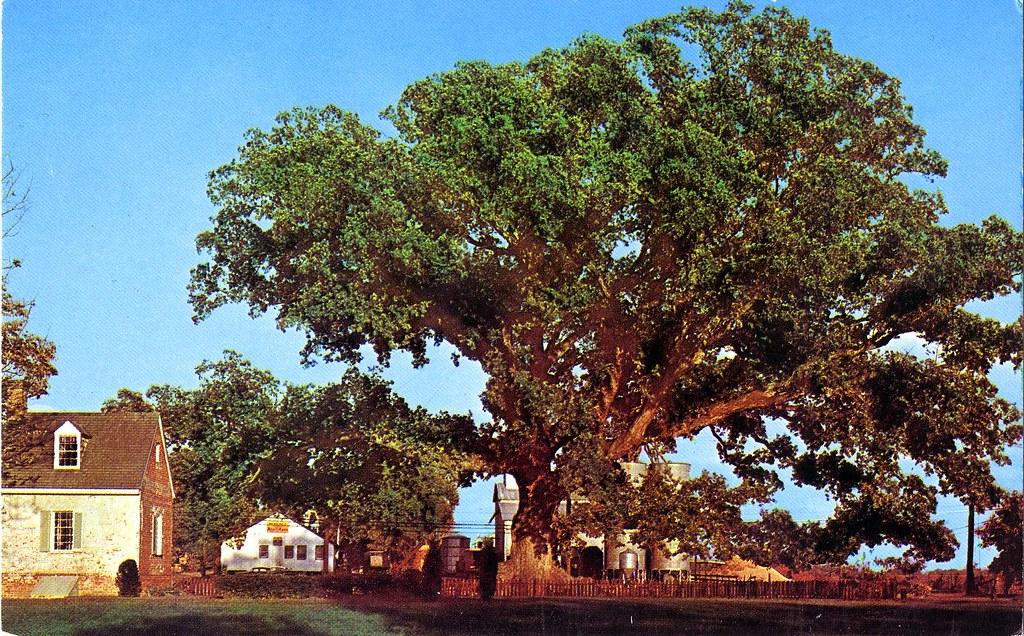Author’s Note: “Elm Trees” started as my memory of watching the daily removal of the last trees destroyed by Dutch Elm Disease. Period photos of Clinton County, New York show the damage to the landscape caused by the disease. Soon even long-time residents would have only a vague memory of elms. As I wrote each draft during the height of the pandemic, the trees took on a haunting sense of fear and helplessness.
Elm Trees
One September I lingered in a town
with no intention
to stay. Twilight clung
to any warm breeze. On narrow streets
there were regal old houses in need of repair.
Elm trees lined the narrow
sidewalks, their heavy limbs bare,
each trunk’s decaying girth
marked with a slash of white paint, one
crooked, careless X
warning of Dutch elm disease.
I waited for a job; the elms
waited for nothing
but to be cut down. Every day
there was a shrill of chain saws.
At times that shrill
must have been no more
than a faint unease, a faint
whisper of failure, of falling, of absence.
⧫
Michael Carrino is a retired lecturer in the English department at SUNY (State University of New York), Plattsburgh. He was co-founder and poetry editor of the Saranac Review, and he has had seven books of poetry published, most recently “Until I’ve Forgotten” and “Until I’m Stunned,” as well as individual poems in literary journals. He holds an MFA in Writing from Vermont College.
Delmarva Review publishes compelling new poetry, fiction, and nonfiction selected from thousands of submissions annually. Designed to encourage outstanding new writing, the literary journal is a 501(c)(3) nonprofit, now in its 15th year. Financial support comes from tax-deductible contributions and a grant from the Talbot Arts Council with funds from the Maryland State Arts Council. Website: www.DelmarvaReview.org.



Cynthia B Saunders says
The streets of Chestertown were once, thanks to the efforts of the late Mrs. Hubbard and her Beautification Committee, graced with overarching elms. Planted throughout town in 1915-6, most of them succumbed to the dreaded Dutch Elm Disease. But a few, including the grand Old Lady at the corner of Church Alley and North Queen Street, survived. This tree, a DNR designated Champion Tree, was the largest Ulmus americana on the Eastern Shore and the seventh largest in Maryland. When it had to be taken down a couple of years ago, due to increasingly hazardous limb die-back, it was found to be entirely free of the fungus. So, a real Survivor! And I have been raising seedlings to planting size for several years. To date, 24 “Daughters of Elm” have found homes, been planted and are thriving, including one on Vinalhaven Island, ME and another in Wheeling,WVA!
Melinda Bookwalter says
Cynthia, such a loving comment and worthwhile endeavor! Thank you!
I grew up in Berea, Ohio, a town very similar to Chestertown, with a small liberal arts college, a river, a park, a downtown square, Victorian houses and, yes, Elms lining the streets and locally quarried sandstone sidewalks. We had one on each side of our front walk, alas, taken down in the late 50’s/early 60’s.
Thank you for awakening the memories and your 24 seedlings!